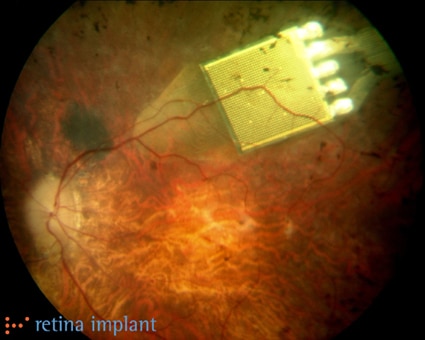
Artificial vision
There are about 125 million rod and cone cells within the retina that act as the eye's light receptors.
Search results

There are about 125 million rod and cone cells within the retina that act as the eye's light receptors.
You may have heard that a cell-based treatment approach (sometimes referred to as a “stem cell treatment”), developed by a company called ReNeuron, is being tested in a clinical trial at Oxford Eye Hospital and other centres in the US and Europe.
The BBC covered a story on Monday 24 May about optogenetics partially restoring the sight of a man living with retinitis pigmentosa in France.
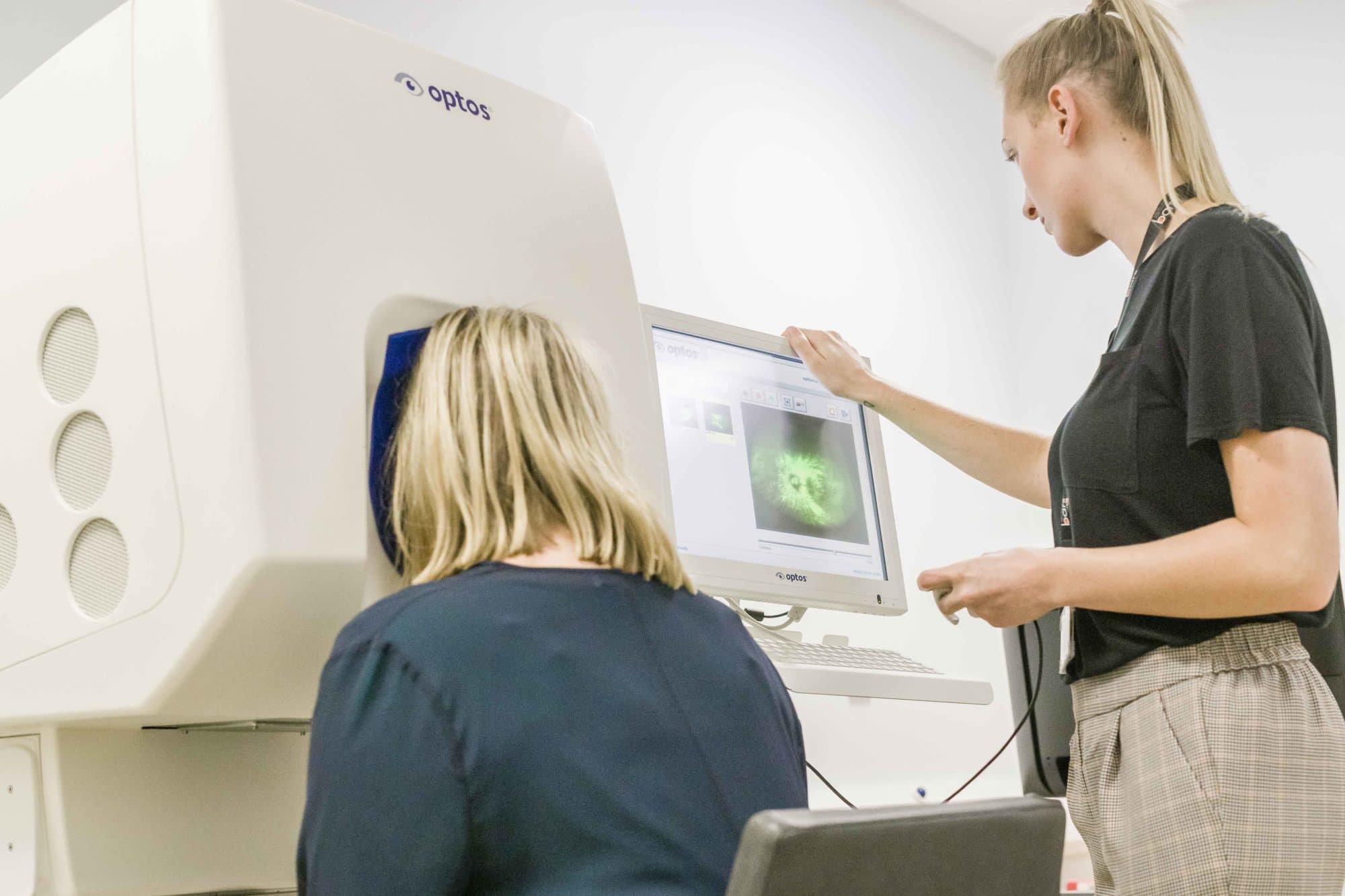
UK researchers have discovered that passing a weak electrical current between electrodes on a person’s scalp may lead to a reduction in frequency of the visual hallucinations experienced by some people living with sight loss.
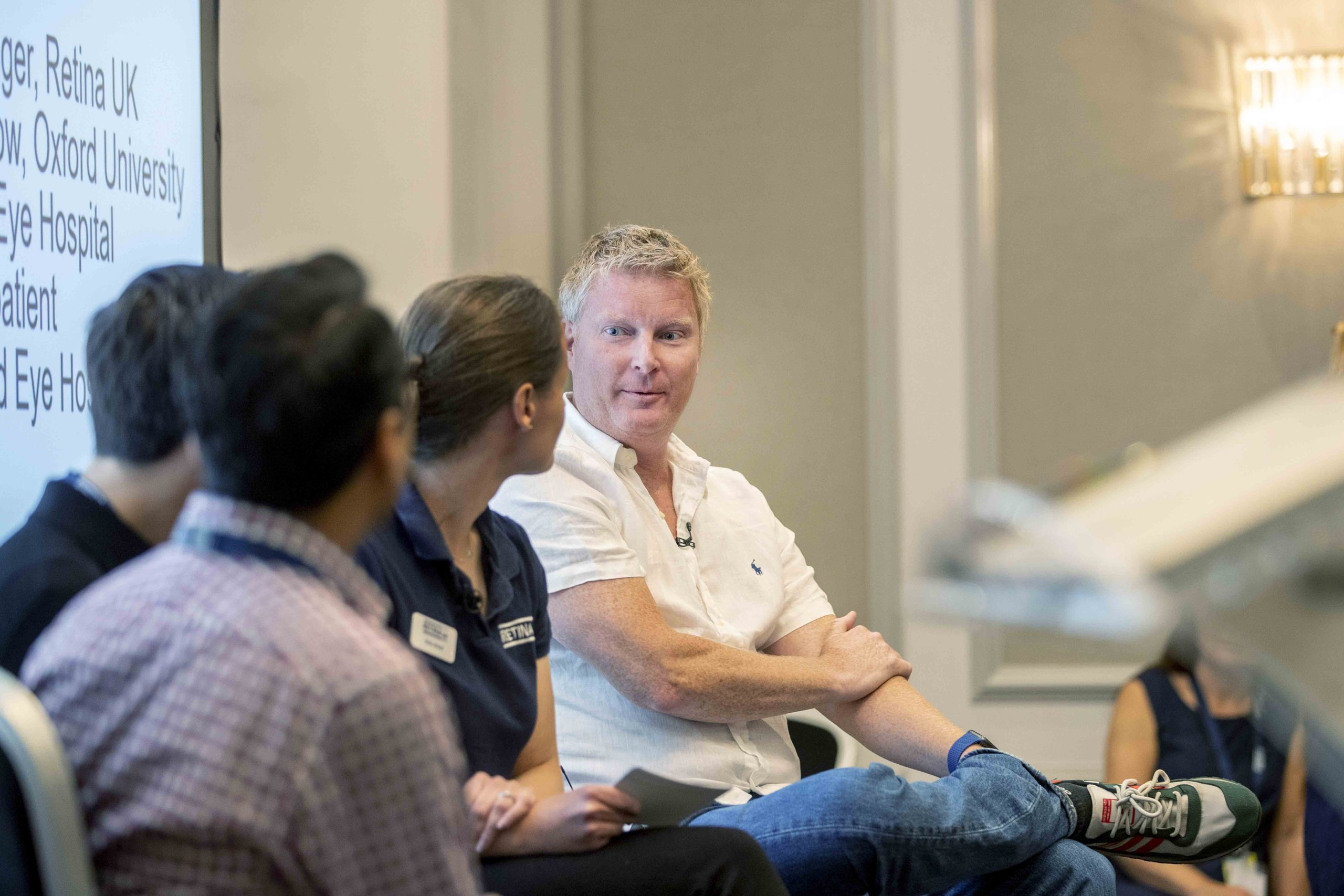
Our community is informed and knowledgeable about current research projects into the cause(s) of and treatments for these conditions.
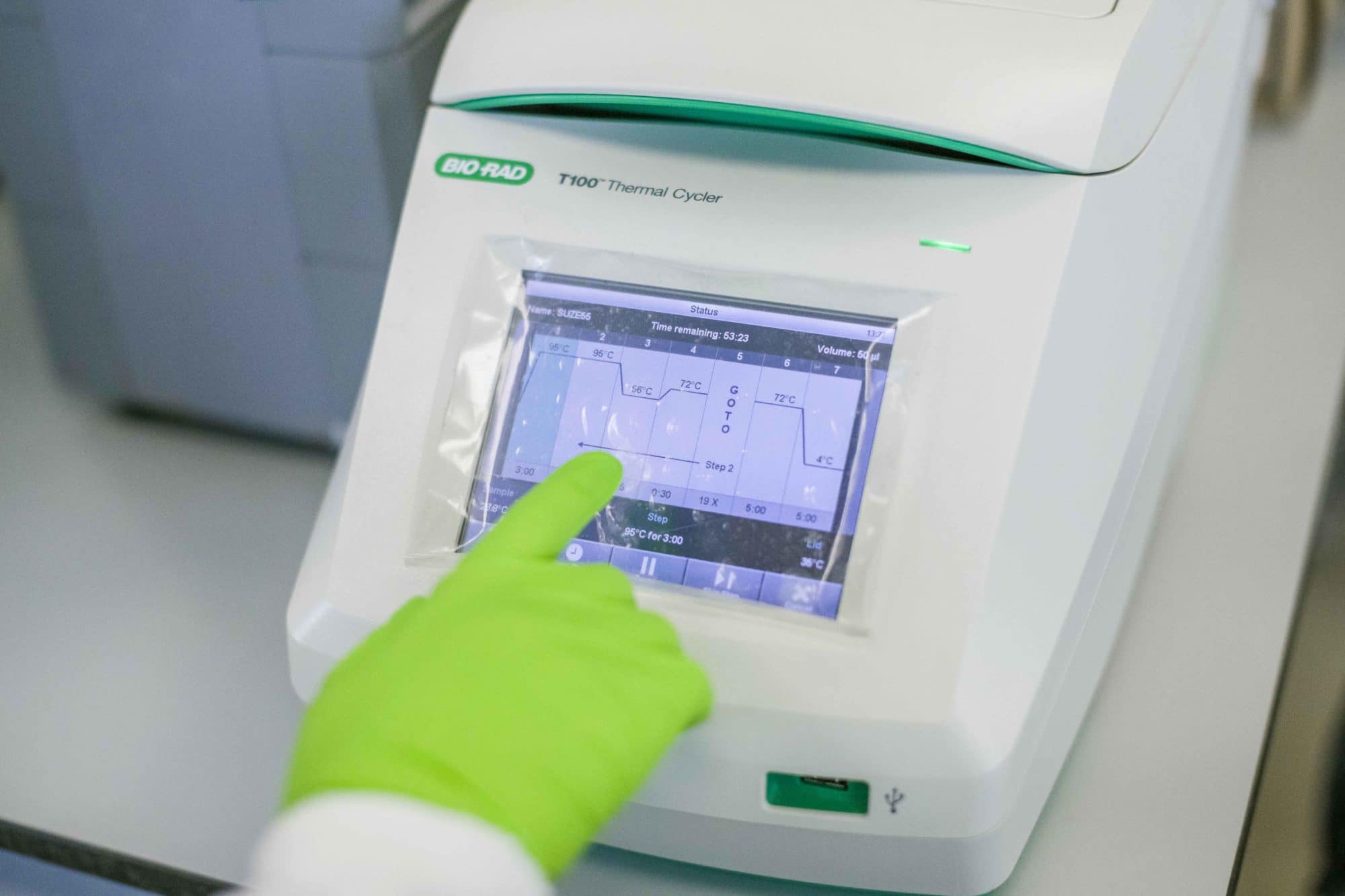
Retina UK aims not only to progress research along established threads, but to stimulate new thinking, encourage innovative approaches and nurture original ideas.
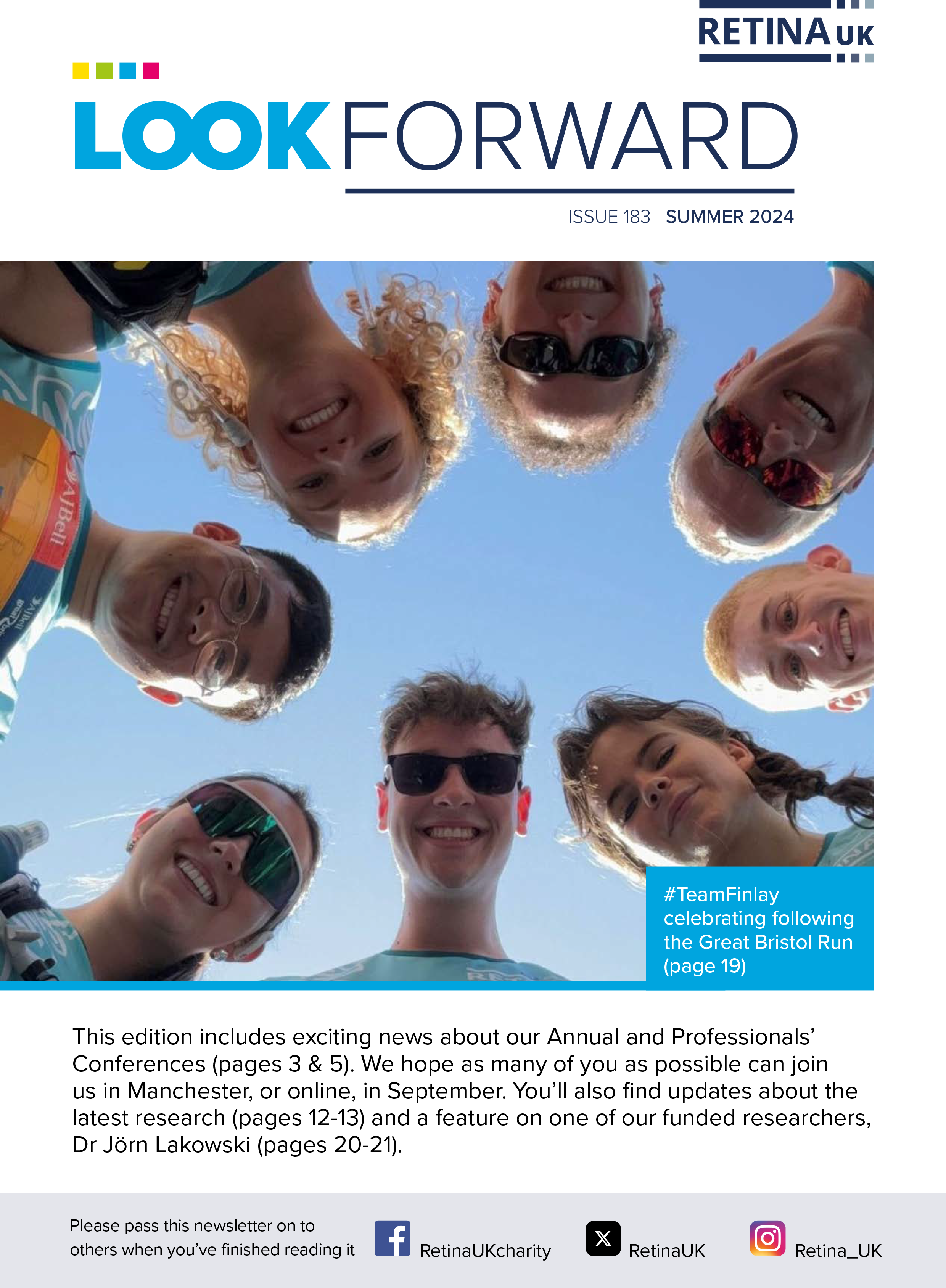
This edition includes exciting news about our Annual and Professionals’ Conferences. We hope as many of you as possible can join us in Manchester, or online, in September. You’ll also find updates about the latest research and a feature on one of our funded researchers, Dr Jörn Lakowski.

Making yourself aware of the what you are entitled to, and understanding the diagnosis pathway for inherited sight loss, will put you in a stronger position to seek better support.

Fancy fundraising for Retina UK? Here’s a few pointers to help get you started.
Luxturna, a gene therapy, is only for the treatment of Leber congenital amaurosis type 2 (LCA2) and severe early-onset RP caused by mutations in a specific gene called RPE65.